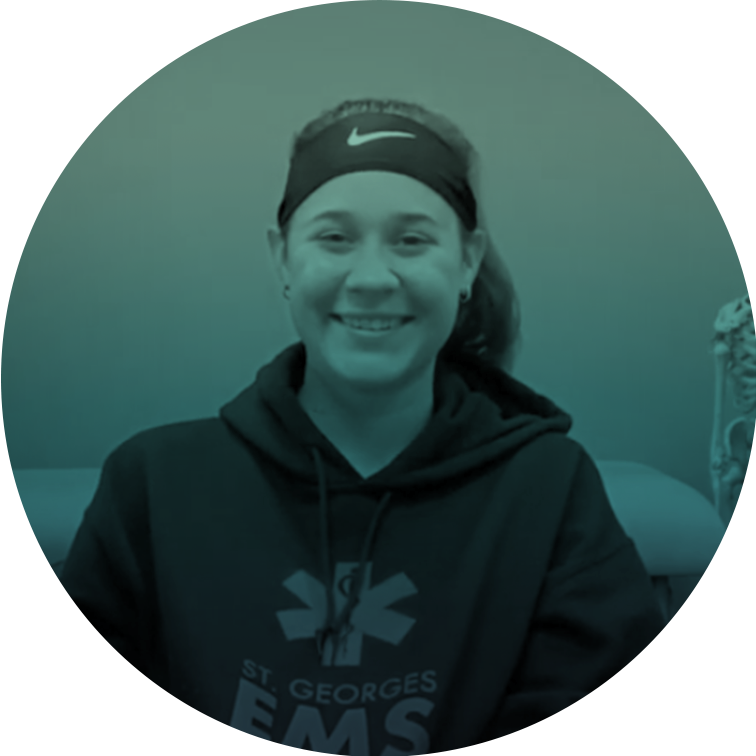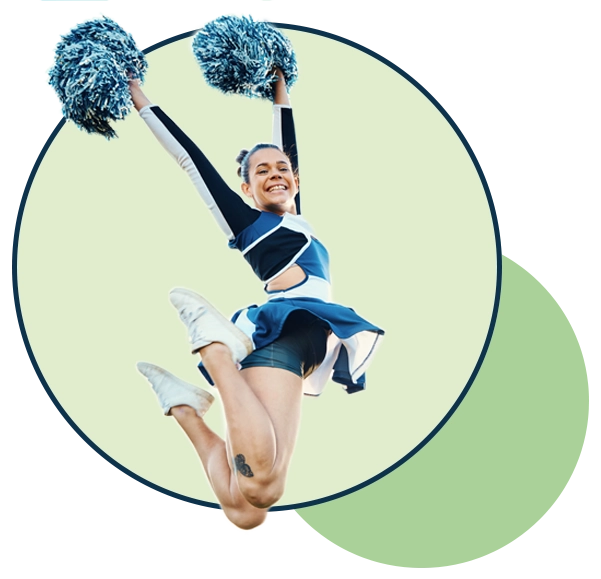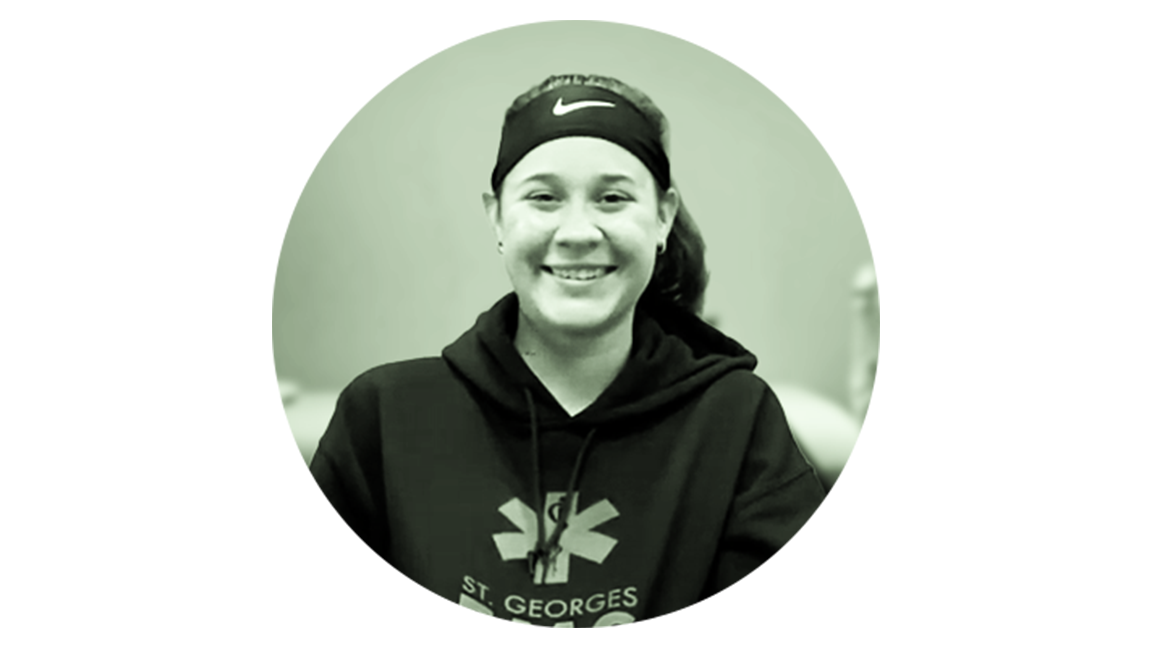If you or a loved one is suffering from a traumatic brain injury or a select neurological condition, Neurofeedback along with our other therapy options could be an excellent addition to your condition management and recovery process. Call our offices or book a consultation online to determine which therapy is right for you!
BRAIN SPECIFIC REHABILITATION
Any disorder or disease, causing brain dysfunction needs to be addressed with brain-specific rehabilitation. At Hope Brain & Body Recovery Center in Pennsylvania we can help you and your beloveds.

” She’s a fun energetic child and I am glad to see all that back, because as a parent you do worry when you see them kind of go into that slight depression and stuff like that. So, I am so glad that’s all back.”
Lily’s mother (concussion recovery).
What to expect
Consult and Examination
An opportunity to communicate with the doctors about previous treatments and medical records. The examination process is a thorough full body examination detailing all neurological, orthopedic, and visceral areas to magnify all underlying causes of symptoms.
Diagnostics
The diagnostic is a quantifiable method to analyze neurological function using a plethora of cutting-edge technologies. Diagnostics equipment includes CAPS vestibular balance, Neurolign, Righteye, Cambridge Brain Sciences, Quantitative Electroencephalogram (QEEG), and Accugraph. The whole diagnostic process and analysis can take 5-6 hours.
Treatment
Treatment time and length vary based on the findings of the examination and diagnostics. Typical treatments last 1.5 hours and comprise of brain-specific exercises using Gyrostim, Neurosensory Integrator Touch Boards, Braincore Neurofeedback, Oxygen therapy, Erchonia Brain Lasers, etc.
Clinical Nutrition
If necessary the doctors can analyze metabolic states, food sensitivities, overall gut function, and any nutrition aspects by blood draws, urine samples, saliva samples, stool samples, etc.
Brain Specific Rehabilitation Encompasses a Multitude of Therapies:
- Oxygen Therapy
- Gyrostim Therapy
- Braincore Neurofeedback
- Erchonia/Multiradiance Lasers
- Interactive Metronome
- Neurosensory Integrator Touch Board
- Harmonics Vibration Therapy
- Multisensory Therapeutics
- Visual Therapies

there is hope for you
In our patients words
Recovering from concussions
Other treatments
Gyrostim
Designed to stimulate every core muscle to deliver rehabilitation and long-term performance for users of virtually all abilities.
Neurofeedback
Neurofeedback, also called EEG Biofeedback is a state-of-the-art, non-invasive, drugless method for teaching the brain to function in a more balanced and healthful way.
Low Level Laser Therapy
Decrease pain and inflammation, heal wounds, tissues, and nerves, and prevent tissue damage with laser light at low levels. This alternative medicine can benefit those with traumatic brain injury, concussion, stroke, cognitive impairment, dementia, Alzheimer’s, mood disorders, addiction, ADHD, and more.
Pulsed Electromagnetic Frequency (PEMF)
PEMF, is a revolutionary wellness modality that utilizes soothing Pulsed Electromagnetic Fields to stimulate and exercise the body’s cells.
ARRC LED
The arrc LED is a full body light therapy device that utilizes LED, infrared, radio frequency, and Whole-body vibration technologies to aid, heal and improve the way you feel, think, look and preform for optimal health and wellbeing.
Vital Scan
VitalScan is a valuable ANS and Sudomotor testing tool in diagnosing hidden illnesses. Having the ability to quickly and easily test patients and receive immediate comprehensive interpretive reports after the test is invaluable to medical practitioners.
Total O2
The basis of the protocol on Total Brain & Body O2 therapy is to induce O2 deprivation and then once recognized by the software data, flood the body with O2 saturation and take advantage of the vasodilation/saturation by pushing it to as much tissue as possible via exercise.
Virtualis
Virtualis Virtual reality training is used for balance rehabilitation, functional rehabilitation, and is used as a diagnostic tool. Virtual reality provides patients with sensory stimulation and real-time feedback during specific motor tasks in a virtual three-dimensional world.
Allcore 360°
Designed to stimulate every core muscle to deliver rehabilitation and long-term performance for users of virtually all abilities.
Weight Loss
At Hope Brain and Body Recovery Center we provide a range of body contouring therapy plans for our patients to choose from. Depending on your goals, our specialists can help you with: weight loss; waist-inch loss; long-term health benefits; boosting your immune system; and facial rejuvenation.
Chiropractic Care
The experts at Hope Brain and Body Recovery Center have years of experience in the field of chiropractics and offer treatment that is tailored to your unique condition. Our goal is to help our patients recover and regain their quality of life as quickly and safely as possible.
Telemedicine
Hope Brain & Body Recovery Center is bringing health care to your home, with telemedicine. The ability to receive medical attention from the comfort of your own home reduces the stress and anxiety related to traveling for a doctor’s visit, or even just sitting in a waiting room.
Functional Medicine
Functional Medicine (Clinical Nutrition) is about building a complete profile of your health and fixing the issue at its source. Instead of the focus being all about the disease, our focus is on our patients as individuals and what is needed to restore their good health.







